
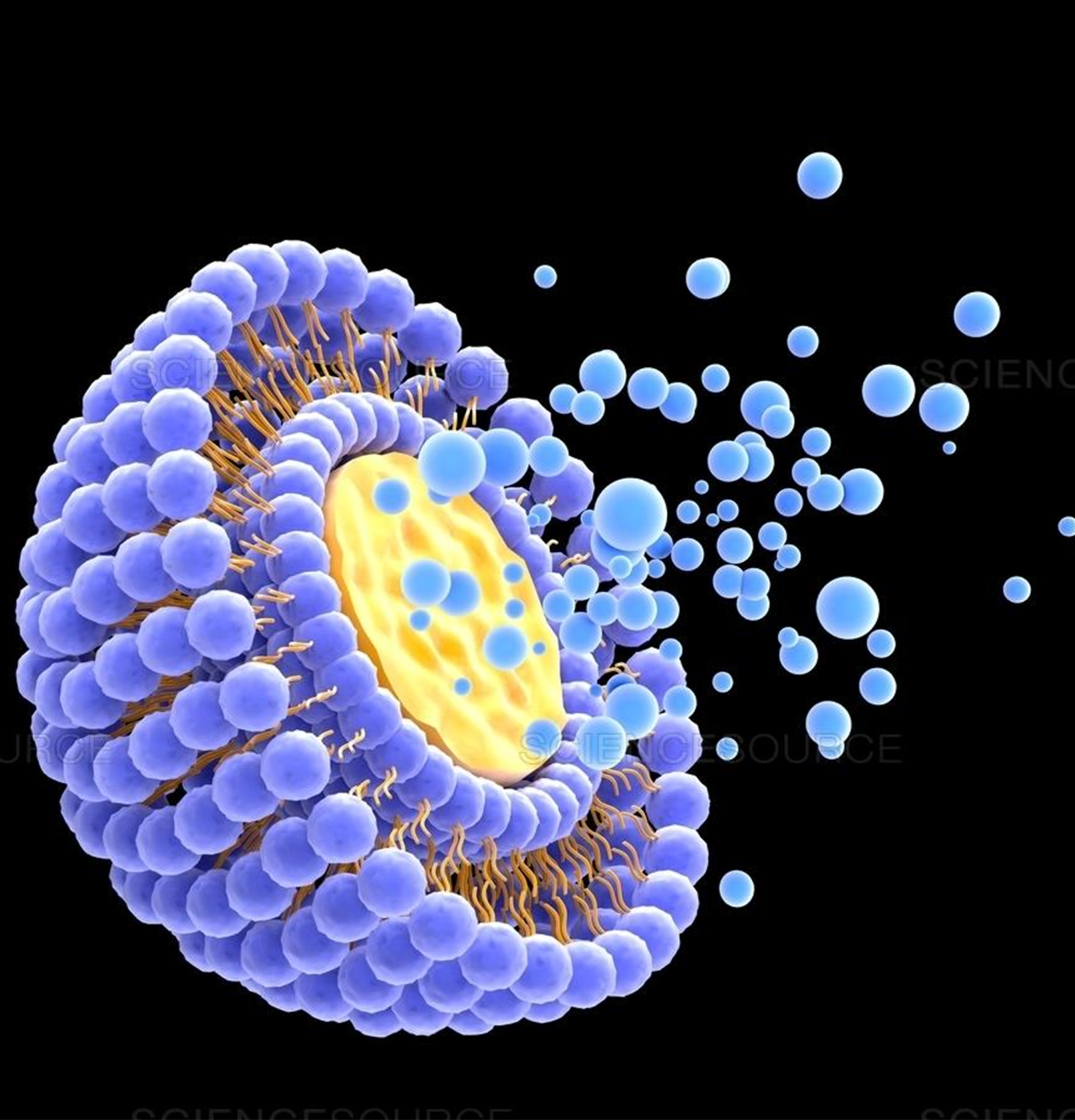
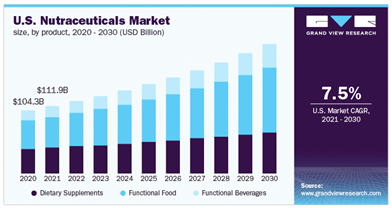 However, the efficacy of nutraceuticals is a function of absorption and bioavailability after ingestion. Absorption refers to the process of a molecule’s movement from ingestion to its entry into systemic circulation. Bioavailability refers to the amount of the molecule that was absorbed and reached systemic circulation relative to what was ingested.
However, the efficacy of nutraceuticals is a function of absorption and bioavailability after ingestion. Absorption refers to the process of a molecule’s movement from ingestion to its entry into systemic circulation. Bioavailability refers to the amount of the molecule that was absorbed and reached systemic circulation relative to what was ingested.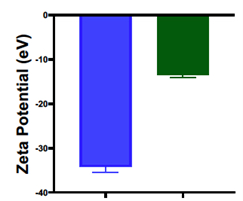
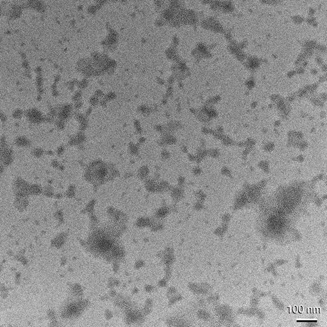
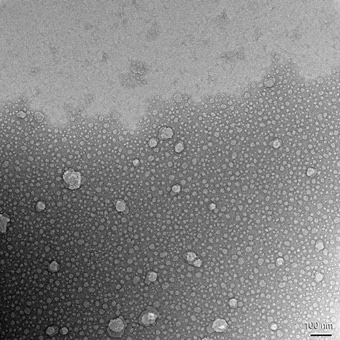
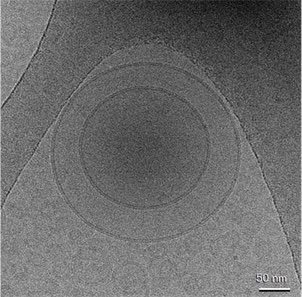

NOTE: WholeFoods Magazine is a business-to-business publication. Information on this site should not be considered medical advice or a way to diagnose or treat any disease or illness. Always seek the advice of a medical professional before making lifestyle changes, including taking a dietary supplement. The opinions expressed by contributors and experts quoted in articles are not necessarily those of the publisher or editors of WholeFoods.
